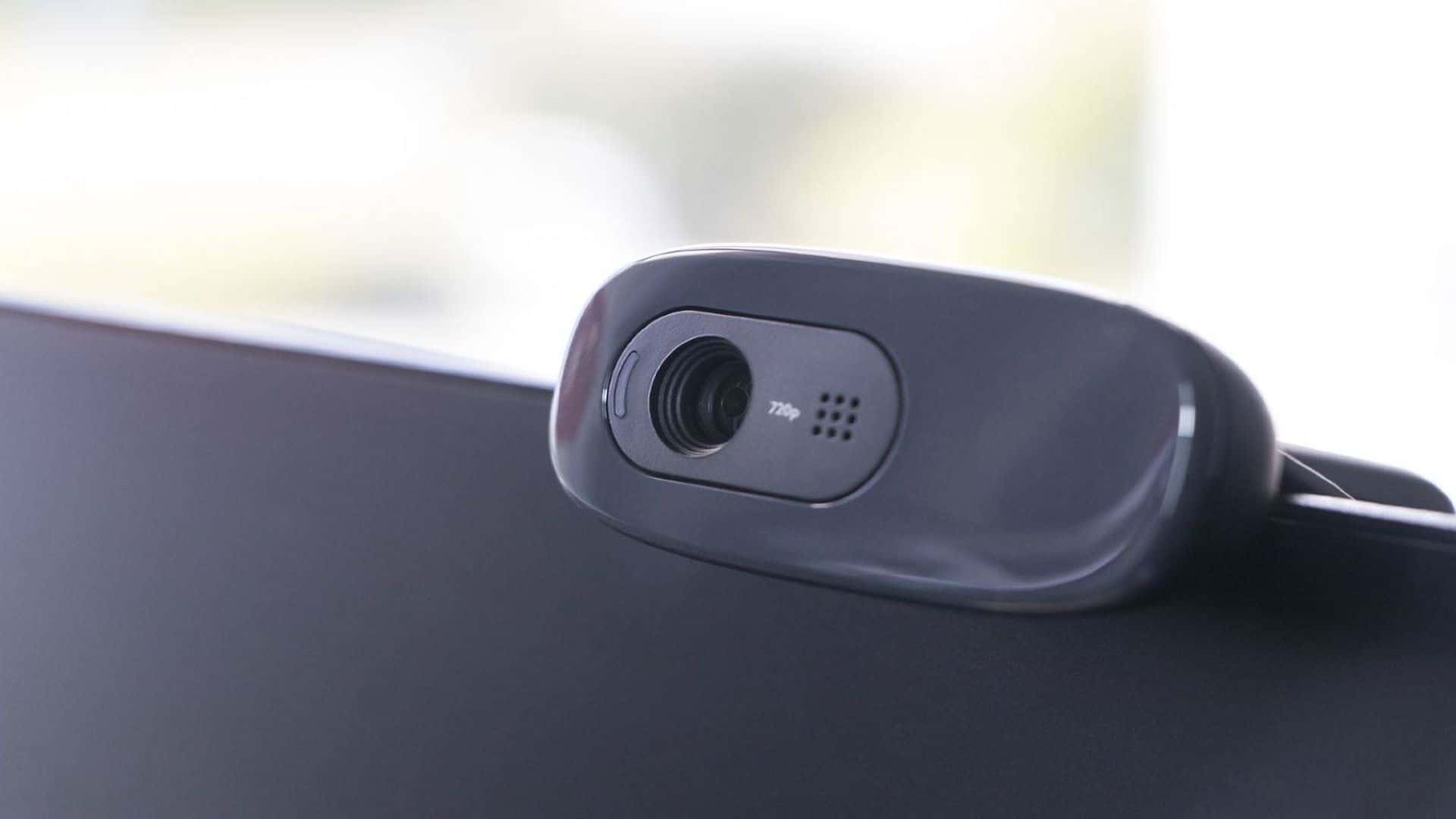5 Tips for Leading a Hybrid Workforce
Performance, productivity, and … proximity bias? Leaders navigating hybrid work environments have new risks to watch for when trying to level up their leadership skills. We’re two-plus years into the ever-changing COVID era, and employers and employees alike are wondering what the future of work will look like. “Employees are happier and more productive when they
Four Tips to Snuff Out Burnout
The post-pandemic rise of employee burnout should have savvy leaders taking these preventative steps to protect themselves and their teams. An increasing rate of employee burnout is among the far-reaching consequences of the global pandemic we’ve been weathering. According to the most recent Future of Benefits Pulse Survey from The Hartford, 61 percent of workers said
How to Prevent Turnover When Introducing Your New Normal
Using empathy, clear communication, and careful planning is key to retaining star employees when reopening the office. The World Health Organization’s declaration of the global COVID-19 pandemic in March of 2020 triggered a sudden and involuntary shift to remote work. As often happens in a crisis, this inspired a can-do spirit. Employers and employees alike adapted
Three Ways to Add Depth to Virtual Communications
Videoconferencing, emails, and chat messages fall flat by their very nature. Leaders must take intentional steps to replicate the important connections and informal interactions of the in-person office in a remote workplace. Last fall at the Wall Street Journal CEO Council, Microsoft CEO Satya Nadella told the group, “Video meetings are more transactional.” Nadella would know—Microsoft
Flexibility and the workplace of the future: What does that mean?
On Wednesday, March 11, 2020, the World Health Organization declared the rapidly spreading coronavirus a global pandemic. Within days, employers across the world sent workers home to work remotely. Soon after that, a Gartner survey of top executives showed that roughly half of their organizations had more than 80 percent of their employees working from
5 Tools for Mastering Remote Leadership
Effectively leading remote teams is now—and forever will be—an essential leadership competency. March 2020 will always be remembered as the month when the coronavirus pandemic began to escalate in the United States. Professional and college sports paused, many businesses closed their doors, and organizations sent millions of workers home to work remotely. A Gartner survey showed








